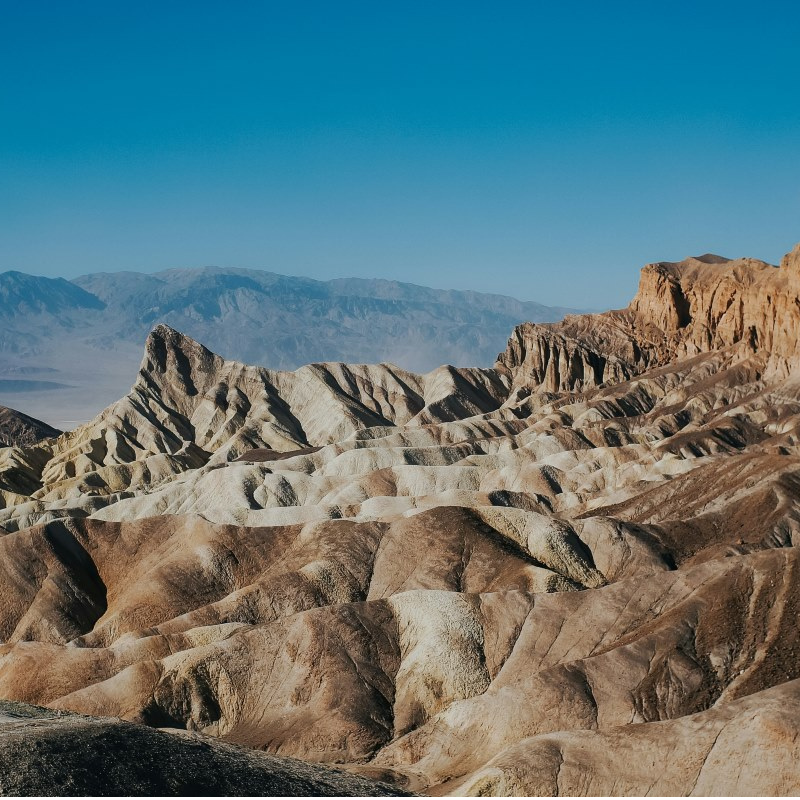
Everyone’s heard of Yellowstone National Park and the Grand Canyon – two places that come to mind when someone mentions the natural wonders in America.
Videos by TravelAwaits
While I can’t dispute the majesty of these places, the United States covers a lot of ground, and there are under-the-radar natural wonders that are waiting for you to discover and enjoy them.
This list is not exhaustive of all the lesser-known natural wonders in the U.S., but here are 10 gems I’ve enjoyed getting to know.
1. Palo Duro Canyon State Park, Texas
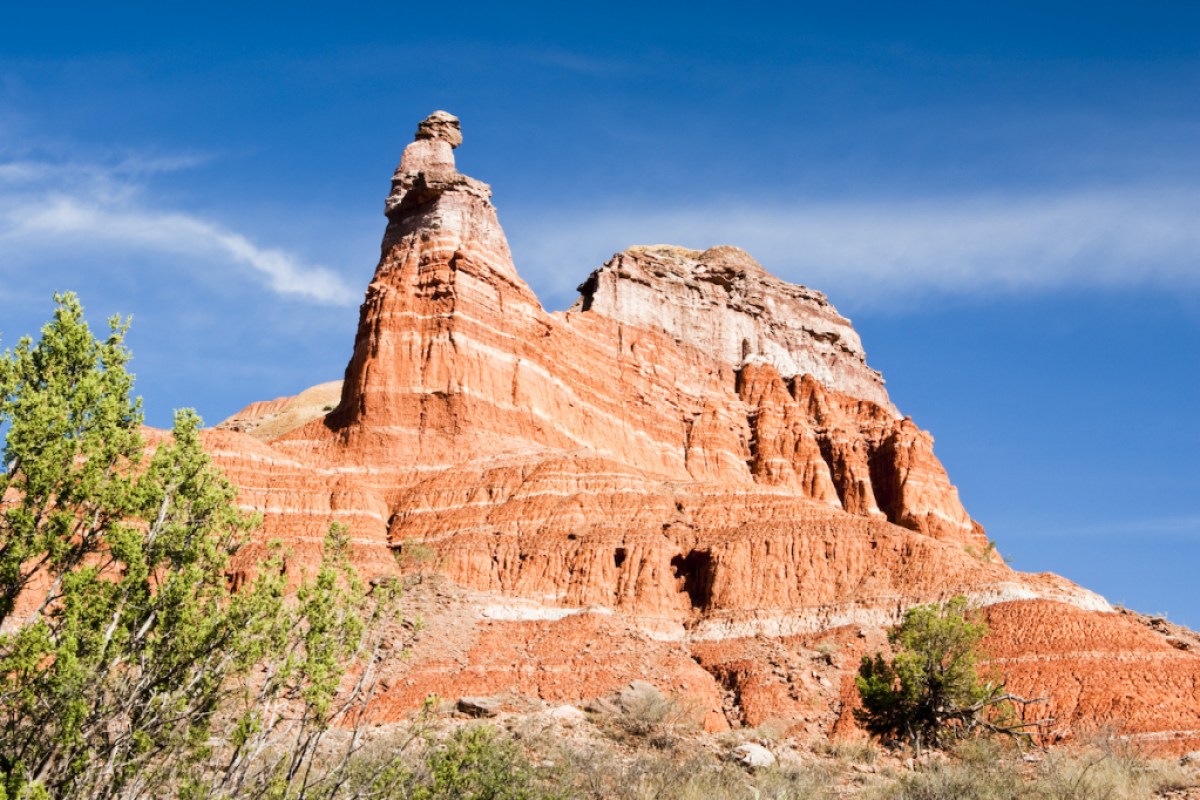
Palo Duro Canyon, located near Amarillo, is the country’s second-largest natural canyon, with the Grand Canyon, of course, being the largest. The Texas Parks and Wildlife Division manages half of the canyon; the rest is private land. The state park offers camping and a variety of hiking/horse trails. The Lighthouse Trail is the most iconic in Palo Duro Canyon State Park. The lighthouse, a 300-foot rock formation, is approximately 2.8 miles from the trailhead, and the hike is listed as moderately difficult.
Palo Duro Creek Ranch, sometimes called Elkins Ranch, is the privately owned side of the canyon, but the scenery is fantastic, and you’ll encounter far fewer humans. You can book a three-hour Jeep tour for $92 a person.
Explore hotels and Airbnbs near Palo Duro Canyon State Park, Texas
2. Government Canyon State Natural Area, Texas
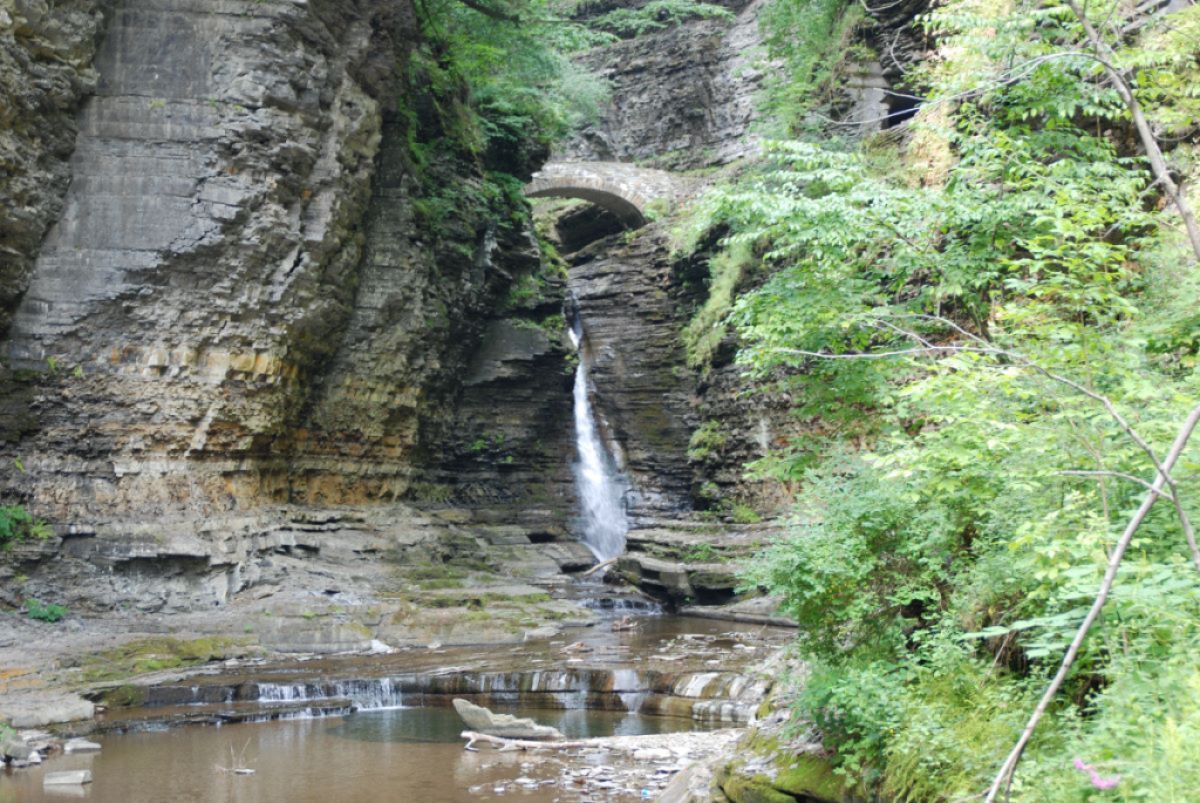
Located on the far northeast side of San Antonio, Government Canyon State Natural Area is home to 110 million-year-old dinosaur tracks. Hike the Joe Johnston Route, a 9-mile backcountry loop to see the tracks. If you want to make the turnaround point the tracks, you can shorten this easy-to-moderate hike, making the total distance just under 6 miles.
Explore hotels and Airbnbs near Government Canyon State Natural Area, Texas
3. Watkins Glen State Park, New York
This state park near Corning, New York is a stunning spot for hikes and scenery. The Gorge Trail is the park’s best-known, offering views of enormous, sheer rock walls and 19 waterfalls. The trail is 1.5 miles up and 1.5 miles down and is made up of a stone pathway with lots of stairs. The trail isn’t difficult, and you’ll be stopping so often to admire the many waterfalls that the stairs won’t seem that daunting. However, the path is narrow and can be slick if there has been recent rain, so good shoes with traction are a must.
The Gorge Trail is closed from mid-October to mid-May, although Watkins Glen State Park remains open throughout the winter.
Explore hotels and Airbnbs near Watkins Glen State Park, New York
4. Mammoth Cave National Park, Kentucky
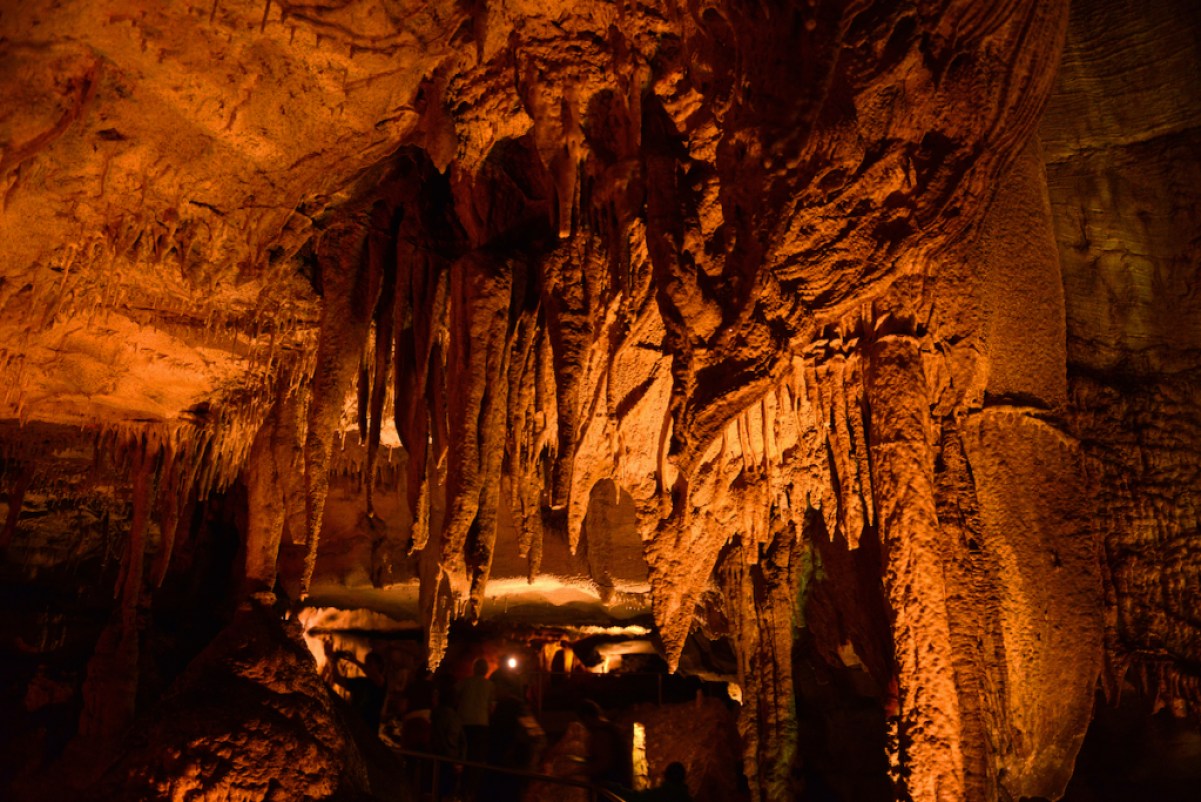
One of the lesser-known national parks, Mammoth Cave National Park is home to the world’s longest underground cave system. Over 400 miles have been explored underground, and visitors to this park, located near Bowling Green, have several options for cave tours depending on the time allocated to spend and physical ability.
Although Mammoth Cave National Park tends to fly under the radar compared to Yellowstone, Glacier, and other popular natural areas, it is one of North America’s oldest tourist attractions and remains a don’t-miss.
Explore hotels and Airbnbs near Mammoth Cave National Park, Kentucky
5. Makoshika State Park, Montana
Montana’s popularity with tourists stems from national parks like Glacier and Yellowstone, but if you’re looking for natural beauty most visitors don’t know about, go to Makoshika State Park, near Glendive, in the southeastern part of the state.
The badlands of southeast Montana have a unique and rugged beauty that is on display in full force at Makoshika State Park. Hike the short, moderate Cap Rock Trail and venture across a very photo-worthy sandstone bridge.
Explore hotels and Airbnbs near Makoshika State Park, Montana
6. Canyonlands National Park, Utah
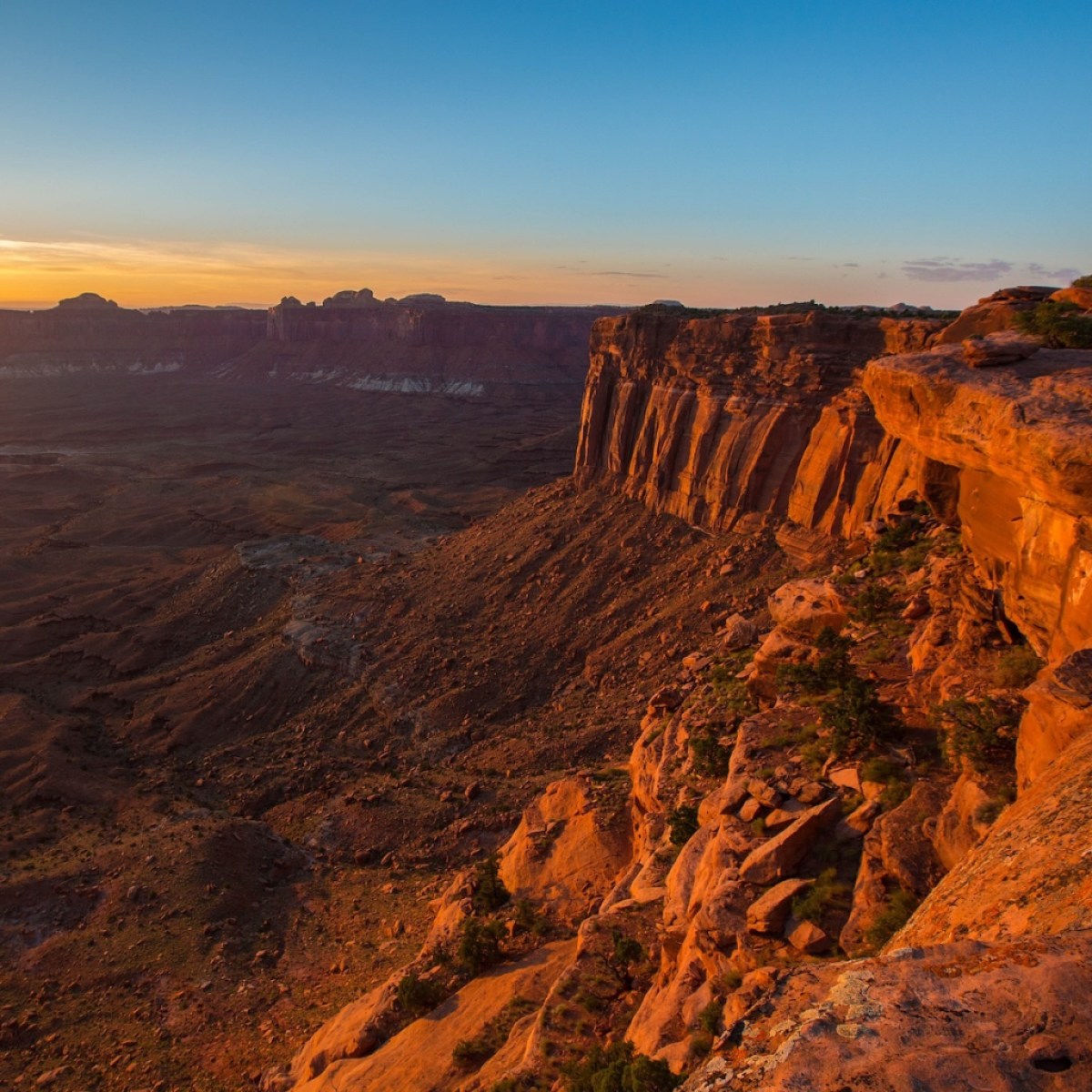
While Utah is famous for national parks—the state has five total—Canyonlands is unarguably off the radar for most people. If you’re in Moab to visit the more popular Arches National Park, it’s easy and worth your time to add on a trip to Canyonlands. The park entrance is an easy 30-mile drive from Moab, which is a great place to set up basecamp if you visit both Arches and Canyonland, although each park deserves at least one dedicated day.
Don’t miss easy-to-moderate hikes in Canyonlands National Park, such as Mesa Arch, a short—less than a mile—loop trail, and the White Rim Overlook Trail. The latter is a 2-mile out and back with breathtaking views of the desert floor canyons and the many layers of rock layers in the park. I hiked both Arches and Canyonlands with hiking guide Ash Nudd, who works with WorldMark Associate – The Moab Resort, offering hiking concierge services for guests, and I’m happy I made the time to explore Canyonlands National Park, which ended up being the big highlight of my hiking trip to Utah.
Explore hotels and Airbnbs near Canyonlands National Park, Utah
7. Turnip Rock, Michigan
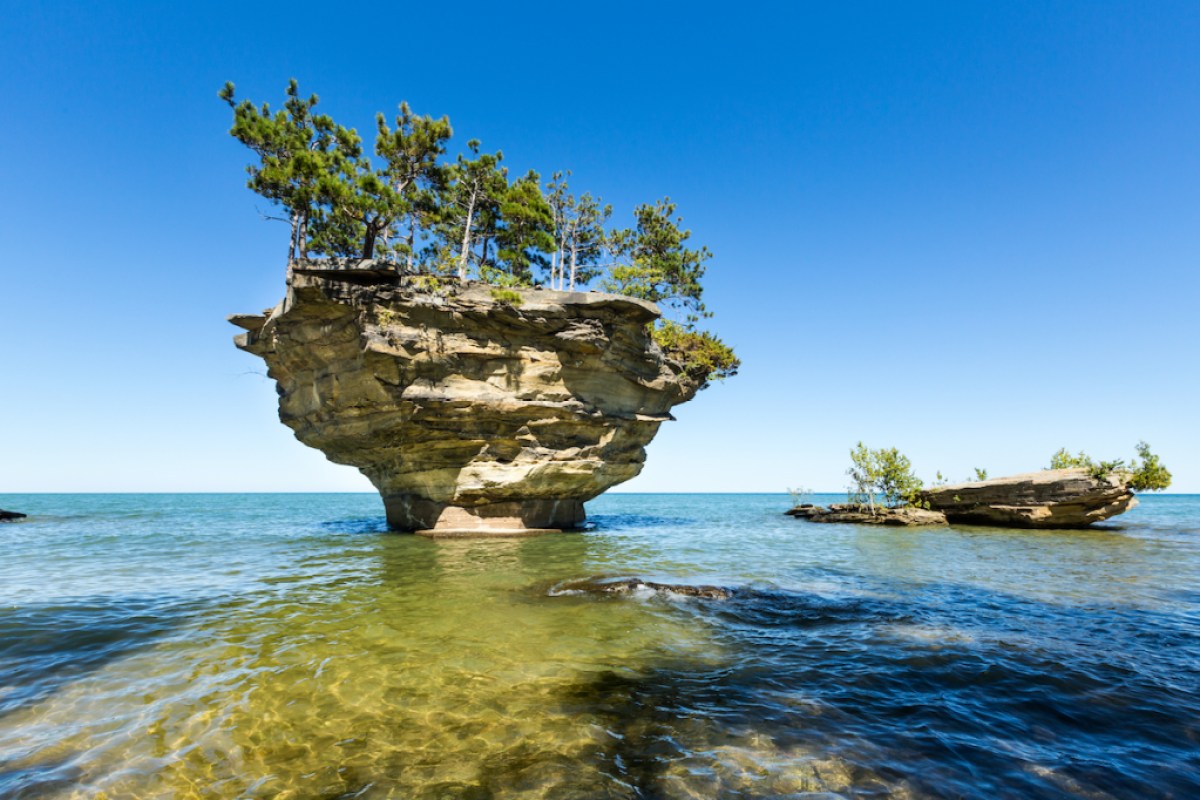
Turnip Rock, accessible only by kayak, is a true hidden gem in Lake Huron. Turnip Rock is a small wave-worn rock that separated from mainland Michigan and is now home to vegetation and a few squirrels. Turnip Rock is privately owned, so visitors aren’t allowed to disembark, but it’s a lovely backdrop for an adventure photo. Turnip Rock is 3.5 miles from the shore, so you’re in for at least a 7-mile paddle if you want to see it.
Explore hotels and Airbnbs near Turnip Rock, Michigan
8. Little Jerusalem Badlands State Park, Kansas
Anyone who thinks Kansas is merely flat prairie and sunflowers should put the badlands of northwest Kansas and its exciting rock formations on their adventure travel bucket list. Little Jerusalem has Kansas’s largest expanse of exposed Niobrara Chalk formations. The 100-foot-tall spires are 85 million years old and earned their name when early settlers believed the rugged terrain resembled the walls of the famous city in Israel. The spires can be seen from the park’s Overlook and Life on the Rocks trails, but travelers who want a closer look can book a tour with a park naturalist and hike amongst the spires. A chance to go down inside the spires offers an entirely different view of the park and is worth planning your trip around.
More Kansas hidden gems include Castle Rock Badlands and Mushroom Rock State Park. There’s much more to see in the Sunflower State than just sunflowers.
Explore hotels and Airbnbs near Little Jerusalem Badlands State Park, Kansas
9. Ruby Falls, Tennessee
Ruby Falls is located deep within Lookout Mountain and is the United States’ tallest and deepest open-to-the-public underground waterfall. Lookout Mountain is minutes from downtown Chattanooga and offers other fun outdoor activities, such as Rock City Gardens and riding the world’s steepest incline train. Rock City Gardens might be man-made, but the natural beauty and the views are spectacular—you can see seven states from the top on a clear day.
Explore hotels and Airbnbs near Ruby Falls, Tennessee
10. Death Valley National Park, California
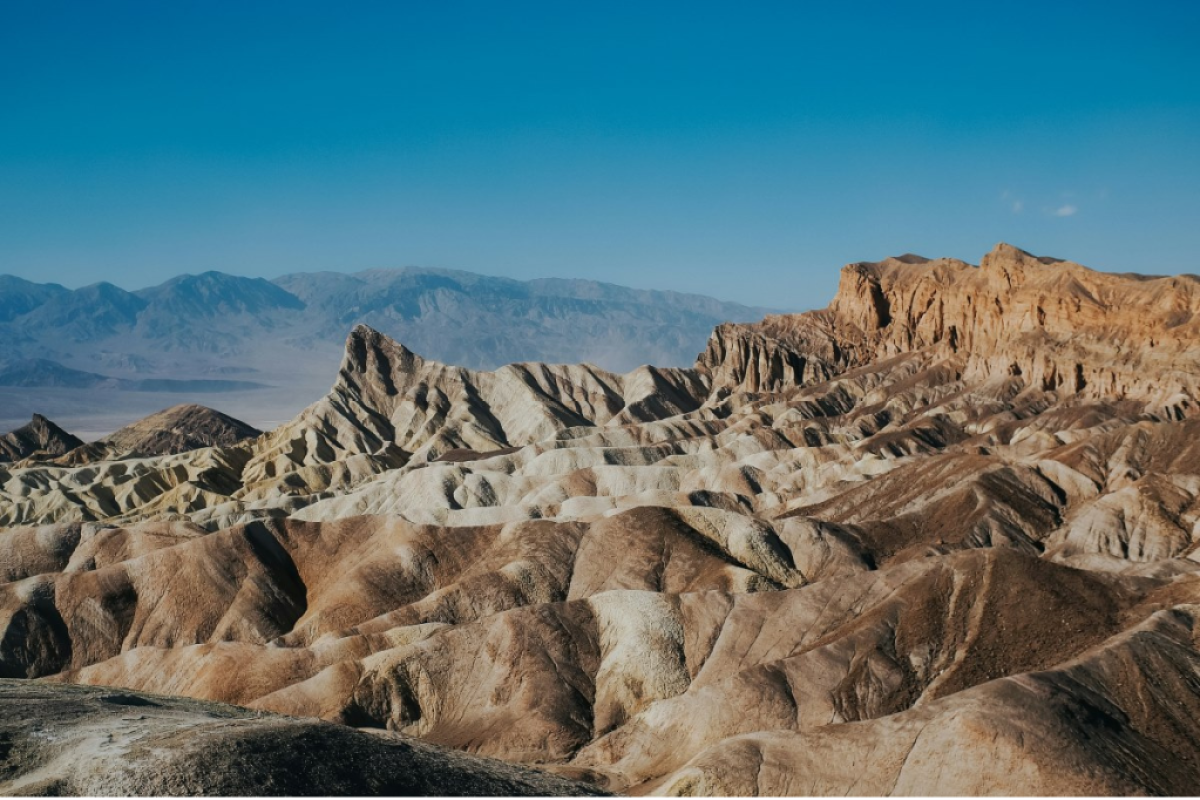
Death Valley is the hottest, lowest, and driest place in North America, and its rather uninviting name causes some visitors to put this park on their skip list. Despite its undeserved reputation as a barren, desolate wasteland, Death Valley has a unique beauty and easy-to-navigate hiking trails. If you visit in the spring or after a rare rainstorm, you may be treated to brilliant blooms that enhance the rugged landscape.
Death Valley makes an ideal side trip from Vegas—the park is about a two-hour drive from the strip. Artist’s Drive is one of the prettiest parts of Death Valley, with rainbow-hued hills resulting from oxidized metal in the soil, treating the eye to glorious blues, greens, yellows, and purples. Early spring is the best time to visit Death Valley, with cooler temperatures and longer days.
Explore hotels and Airbnbs near Death Valley National Park, California
Discover Your New Natural Wonder Icons
The beauty and majesty of America’s best-loved and most popular natural wonders will always be worthy of your travel bucket list, but I hope this list of lesser-known jewels will inspire you to seek the less-traveled path on your next adventure.
